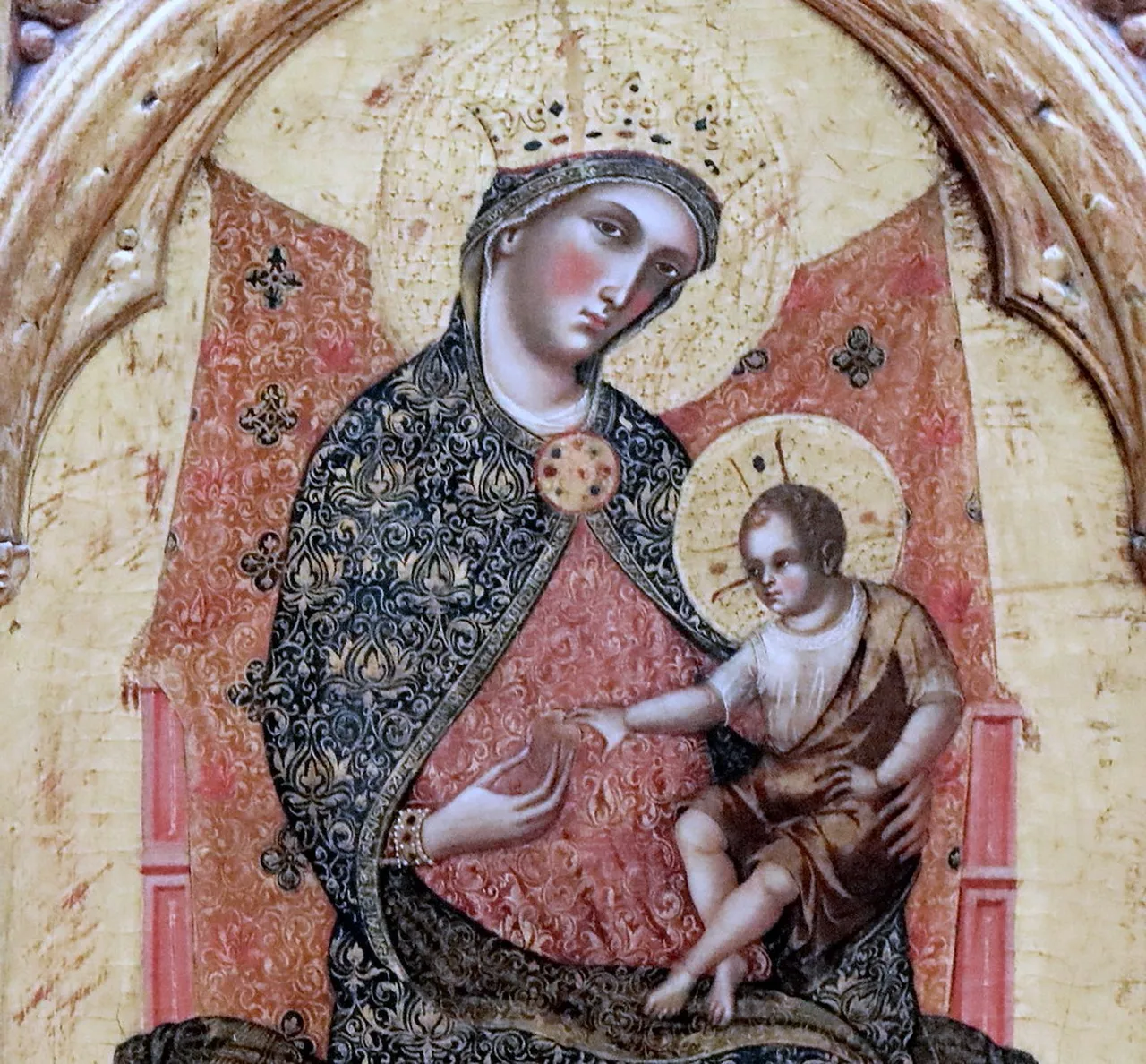
Assisi Culture: A Deep Dive into Italy’s History
Table of Contents
Assisi Culture
Assisi culture is steeped in rich traditions and historical significance, making it a must-visit destination in Italy. Nestled in the serene hills of Umbria, Assisi is renowned for its stunning medieval architecture, religious heritage, and vibrant local customs. This charming town, best known as the birthplace of St. Francis, offers a unique blend of spirituality, art, and cultural experiences that resonate with both locals and visitors alike. In this article, we will guide you through the essential aspects of Assisi culture, highlighting key Landmarks, local traditions, and immersive experiences that will leave you enchanted. Whether you’re a history buff, a spiritual seeker, or simply looking to bask in the beauty of Italy, Assisi has something for everyone.
Want to find the best travel deals for this destination? discover adventure planner with our adventure planning specialist!
1. Exploring the Basilica of San Francesco: A Spiritual Landmark

The Basilica of San Francesco is not only a stunning architectural feat but also a profound spiritual landmark for visitors. This UNESCO World Heritage Site is the final resting place of Saint Francis of Assisi, attracting pilgrims and tourists alike. As you enter, the beautiful painted by Giotto catch your eye, narrating the life of the saint and serving as a testament to Assisi culture.
Furthermore, the lower basilica houses a tranquil atmosphere, perfect for contemplation and prayer. The blend of spirituality and artistry you encounter here is truly special. After visiting, many travelers reflect on their experiences and the deep sense of peace the basilica offered them.
2. The Art of Giotto: Masterpieces that Define Assisi Culture

Giotto’s work is indispensable to understanding Assisi culture. His frescoes in the Basilica of San Francesco are among the most celebrated masterpieces of the Italian Renaissance. The storytelling quality of Giotto’s art brings to life the key Events in Saint Francis’s life, allowing visitors to connect deeply with both the saint and the artist’s vision.
In addition to Giotto, others contributed significantly to the frescoes. Explore these artworks to grasp the artistic spirit that flourished in Assisi. If you’re an art lover, you’ll appreciate how these creations reflect the cultural and religious ethos of the era.
3. Strolling Through Assisi’s Medieval Streets: A Journey Through Time

Your adventure in Assisi is incomplete without strolling through its medieval streets. As you wander, you’ll notice the charm of well-preserved stone buildings and narrow alleyways that echo centuries of history. Transitioning from one street to the next, you can experience a sense of timelessness that envelops this hilltop town.
Moreover, local shops and artisan workshops line the streets, offering handcrafted souvenirs that reflect the city’s rich heritage. While exploring, take time to stop and savor the lively atmosphere, perhaps with a gelato in hand. The warmth of the locals and the beauty of the surroundings make each step worthwhile.
4. The Feast of St. Francis: Celebrating Assisi’s Patron Saint

The Feast of St. Francis, celebrated on October 4th, is a vibrant and meaningful occasion in Assisi. This festival not only honors the city’s beloved patron saint but also showcases its rich spiritual heritage. As a testament to the city’s devotion, people from all over the world gather to participate in processions, religious services, and communal celebrations.
During this time, the Basilica of San Francesco becomes a focal point of festivities. Visitors can witness beautiful liturgies and enjoy local music performances, enhancing the communal atmosphere. Furthermore, the streets are adorned with flowers and decorations, creating a picturesque setting for both locals and tourists alike.
“Celebrate the heart of Assisi’s culture during the Feast of St. Francis—it’s an experience you won’t forget!”
5. Handcrafted Ceramics: The Heart of Assisi’s Artisan Culture

In Assisi, handcrafted ceramics are more than just decorative items; they represent a rich tradition of artistry. Local artisans skillfully employ techniques passed down through generations, creating stunning pieces that capture the unique essence of this historic town. When exploring artisan shops, you can find everything from intricately painted plates to beautifully designed pottery.
The colors and motifs often reflect the natural beauty and religious themes of the region. Visitors can also take part in workshops, providing an opportunity to engage directly with the craftsmanship. Consequently, these experiences offer a deeper understanding of Assisi’s cultural heritage and the artisans’ dedication.
| Type of Ceramics | Features |
|---|---|
| Pots and Vases | Functional and decorative pieces, often with bright colors. |
| Plates and Bowls | Intricately painted with traditional designs and symbols. |
6. Local Cuisine: Delicious Flavors of Assisi Culture
The local cuisine of Assisi is a delightful reflection of its history and culture. Traditional dishes often incorporate fresh, locally sourced ingredients, providing a genuine taste of Umbrian heritage. Iconic meals include strangozzi (homemade pasta), paired with rich sauces made from tomatoes and truffles.
Moreover, do not miss the opportunity to try the renowned Assisi olive oil, which adds a distinct flavor to many dishes. Additionally, local wineries produce excellent wines that complement the food. Consequently, dining in Assisi is not just a meal; it’s an immersive cultural experience that connects you with the region’s traditions.
7. Spiritual Retreats: Finding Peace in Assisi’s Sacred Spaces
Assisi offers numerous spiritual retreats where you can reconnect with yourself and nature. With its serene atmosphere and breathtaking landscapes, Assisi is the perfect backdrop for introspection. Visitors often to seek out places like the Hermitage of the Carceri, nestled in the hills, where St. Francis himself sought solitude.
Additionally, many convents and monasteries provide guest accommodations for those looking to immerse themselves in a tranquil environment. These retreats often come with guided meditations and the opportunity for personal reflection. Consequently, you can rejuvenate both your mind and spirit, making it an unforgettable experience.
“Finding peace in nature’s silence is a vital part of understanding Assisi culture.”
8. The Role of Franciscan Monks: Guardians of Assisi’s Heritage
The Franciscan monks play a vital role in maintaining the rich Assisi culture. Founded by St. Francis in the early 13th century, the Franciscan Order has made its mark on the spiritual and cultural life of the town. They are not only spiritual leaders but also custodians of the beautiful Basilica of San Francesco, which is essential to Assisi’s identity.
In addition, the monks conduct various programs aimed at promoting peace and environmental awareness. They encourage visitors to engage with the community, basking in the town’s rich traditions. This relationship with the Franciscans immensely enriches your visit and offers a deeper understanding of Assisi’s cultural heritage.
9. Festivals and Traditions: Experiencing Local Celebrations
Celebrating local traditions is an integral part of Assisi culture. The town hosts numerous festivals throughout the year, each rich in history and significance. One such event is the Feast of St. Francis, celebrated every October. It not only honors the patron saint but also encapsulates the spirit of the town.
Moreover, vibrant Events like the Calendimaggio in May, showcase Assisi’s medieval heritage with parades, music, and traditional costumes. These festivals provide an excellent opportunity to connect with the local community, making your visit all the more special. Additionally, they allow tourists to taste homemade delicacies and participate in age-old customs. Thus, partaking in these celebrations enriches your experience of Assisi’s captivating culture.
10. Assisi’s Natural Beauty: Parks and Landscapes that Reflect Culture
Assisi is not only famous for its rich history and spiritual significance but also for its breathtaking natural beauty. The stunning landscapes surrounding this town provide an ideal backdrop for experiencing the local Assisi culture. As you explore the area, you will find a series of parks that invite relaxation and reflection.
The Parco del Monte Subasio offers miles of hiking trails, allowing visitors to immerse themselves in nature while enjoying spectacular views of the Umbrian countryside. Furthermore, the lush greenery and vibrant wildflowers enhance the cultural experience in Assisi, making each stroll a memorable adventure.
Moreover, the tranquility of these open spaces serves as a retreat for both locals and travelers. Therefore, don’t miss the chance to explore these parks, as they beautifully encapsulate the essence of Assisi’s harmonious relationship between culture and nature.
11. Historical Landmarks: A Testament to Assisi’s Past
When wandering through Assisi, you will encounter an array of historical Landmarks that testify to the town’s rich cultural heritage. One significant site is the Basilica of San Francesco, which stands as a symbol of the city’s deep religious roots. This monumental structure not only serves as a place of worship but also showcases remarkable medieval art that reflects Assisi’s cultural evolution.
Another landmark, the Temple of Minerva, reveals the Roman influence on the region. As you visit these sites, you will gain insight into the distinct phases of Assisi’s history. Ultimately, each landmark tells a unique story, making your exploration both educational and insightful.
12. Engaging with Local Communities: A Personal Perspective
Tip: Discover the best Assisi experiences with Viator Tours!
Engaging with the local communities in Assisi offers a rich perspective on its vibrant Assisi culture. As a traveler, I found that connecting with residents allowed me to better appreciate the traditions that shape everyday life here. For example, attending a local festival or participating in artisan workshops can provide invaluable experiences.
Moreover, conversations with local artisans reveal the dedication behind their hand-crafted goods, showcasing the craftsmanship deeply rooted in the community. Over the years, I’ve learned that these interactions foster a sense of belonging, enriching my travel experience.
In conclusion, to truly understand the essence of Assisi, consider stepping beyond the tourist attractions and engaging with the locals. Their stories and customs will undoubtedly enhance your appreciation for this remarkable town.
13. Educational Opportunities: Learning About Assisi Culture
Assisi is not only a destination rich in history and spirituality but also a hub for educational opportunities that allow visitors to dive deep into its vibrant culture. Numerous workshops and classes are available for tourists interested in different aspects of Assisi culture, from the rich artistic traditions to the local culinary arts.
For instance, many local institutions offer classes in traditional ceramics, where you can learn to craft your own pieces under the guidance of skilled artisans. Moreover, various art schools host courses emphasizing the works of Giotto, allowing participants to appreciate and emulate his unique style.
Additionally, participating in guided tours that focus on Assisi’s historical Landmarks is a fantastic way to gain in-depth knowledge. These tours often delve into the significance of various sites and provide cultural insights that lesser-known guides might overlook.
Therefore, whether you’re taking a cooking class or joining a historical walking tour, Assisi offers a multitude of educational experiences that enhance your understanding of its rich cultural tapestry.
Assisi culture is a vibrant tapestry woven from its rich history, spiritual significance, and artistic expressions. From the stunning Basilica of San Francesco to the culinary delights found in local trattorias, each aspect of Assisi offers valuable insight into the essence of this remarkable town. As you explore the streets and immerse yourself in the traditions, you will find that Assisi is more than just a destination; it is a celebration of life, faith, and creativity. Have you experienced the captivating culture of Assisi? Share your Highlights in the comments below and inspire others to discover this beautiful part of Italy.